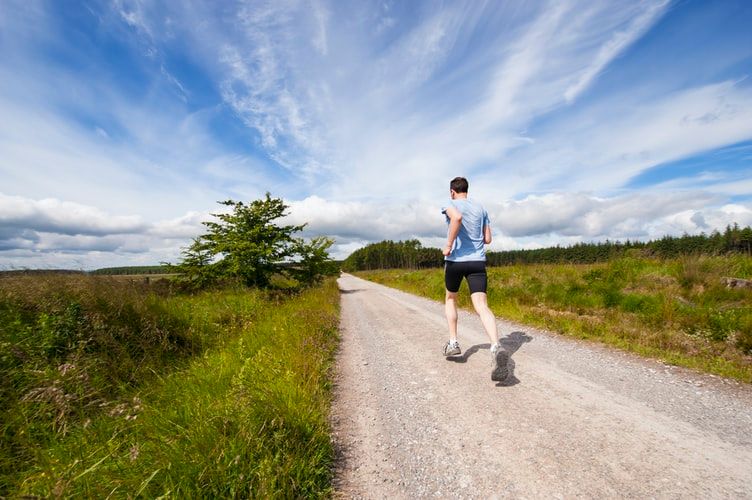The idea that secondhand smoke (SHS) may be harmful to non-smokers has been around since the 1970s, although it wasn’t until the 1990s1 that the first epidemiological studies quantified the true risk. Since that time, clinical evidence of the dangers of passive smoking have continued to mount, and as of 2016, it was estimated that secondhand smoke was responsible for more than 880,0002 deaths per year around the world, with children and pregnant women at particular risk of the dangers associated with SHS.
So, to help smokers better understand the risks of passive smoking to friends and family, we explore exactly what secondhand smoke is, a key few facts and figures on the issue, and how you can protect yourself and non-smokers by quitting smoking today.
What is Secondhand Smoke?
Secondhand smoke is the smoke that is produced by the end of a cigarette or pipe once lit, and that which is then expelled from the lungs of smokers. Both contain thousands of harmful chemicals which can linger in a room for up to 5 hours. They also have the potential to quickly and easily spread to other rooms, meaning that even with ventilation, dangerous smoke particles can travel a long way.
Passive smoking is the act of breathing in someone else’s smoke from both exhalation and the “sidestream” smoke created by a burning cigarette. Those most at risk from passive smoking include children, the elderly and pregnant women and those with existing health conditions.
Can I Stop Secondhand Smoke?
Unfortunately, secondhand smoke is an inevitable by-product of smoking, and you can never be 100% sure that someone is not breathing in your smoke unknowingly. The bottom line is the best way to stop SHS is to quit smoking today. However, you can also ensure that:
- You do not smoke inside
- You ask visitors to smoke outside
- You do not smoke in the car
- You smoke alone and not in public places
The risks to those around you are clear, and like smoking, passive smoking means breathing in more than 70,000 irritants, toxins, and chemicals. Hundreds of these chemicals are toxic, 70 of which are known to cause cancer in both smokers and passive smokers alike3.
The Health Effects of Passive Smoking
You may be surprised to hear that passive smoking over a long period of time is as bad for your health as smoking. In fact, the health effects of SHS are shocking, with both adults and children at significant risk of developing health conditions through the ingestion of secondhand smoke.
The Health Effects of Passive Smoking in Children
Passive smoking is most dangerous in children as their airways, lungs, and other organs are less developed than that of an adult. This means that health conditions take less time to become apparent and less exposure to secondhand smoke than that of an adult. In fact, any child in a home where at least one person smokes has an increased likelihood of developing:
- Asthma
- Chest infection such as pneumonia and bronchitis
- Meningitis
- Ear infections
- Coughs and colds
Long-term exposure to secondhand smoke may also lead to more serious conditions such as heart disease and cancer in children. Additionally, as of 2019, 10% of pregnant women in England continued to smoke through pregnancy4, raising the risks of birth defects in unborn children and sudden infant death syndrome (SIDS) in babies.
Children often have little say in whether they are exposed to 2nd hand smoke, and while a ban on smoking in cars with anyone under the age of 185 has been successful, children may still be exposed to second smoke at home. This means any child with existing conditions such as asthma may be prone to more regular and serious attacks.
The Health Effects of Passive Smoking in Adults
While children may be most at risk today, before the introduction of smoking bans in pubs and restaurants in the UK, adults were also likely to be regularly exposed to SHS. This was even more of a problem for people who worked in places that allowed smoking, raising the risks of passive smoking significantly.
It has been shown that passive smoking is as dangerous in adults as smoking, and can lead or significantly increase the chances of serious health conditions6 such as:
- Heart disease
- Lung cancer
- Breast cancer
- Other cancers
- Stroke
- Dementia
- Other diseases such as diabetes and tuberculosis
Passive Smoking Facts
Finally, it is clear that smoking is as bad for your family and friends as it is for you and quitting today has the potential to both improve your own health and those closest to you. However, in case you’re still unsure, here are a few passive smoking facts so you can grasp the effects your smoke has on others.
- In the UK, secondhand smoke is estimated to cause around 2,700 deaths in people aged 20-63 and a further 8,000 deaths a year among people aged 65 years and older7.
- SHS increases the risk of lung cancer by 20-30%, and coronary heart disease by 23-35% in non-smokers8.
- Secondhand smoke may cause an instant reaction, with eye irritation, headaches, coughs, sore throat, dizziness and nausea, as well as raised blood pressure in non-smokers.
- Each year, it is estimated that, over 300,000 UK GP consultations and 9,500 hospital admissions in children are recorded. Costing the NHS about £23.3 million9.
- New research has suggested the “thirdhand smoke”, or the residue left behind on carpets, curtains, furniture, and walls can be released into the air. These types of materials may also expose non-smokers to elevated risk10.
- Research suggests that those countries that have banned smoking in public places and workplaces have recorded a reduction in SHS exposure of between 80% and 90%11.
- Following the introduction of smoke free laws in the UK, the NHS recorded a 20% rise in people enquiring about quitting12.
For more information on the best ways to stop smoking and reducing the impact of your secondhand smoke, speak to your pharmacist about how NRT products can help you quit for good. Besides the risks of SHS, there are many reasons to quit today and for good, and the NHS stop smoking service has all the advice, guidance, and support you need.















